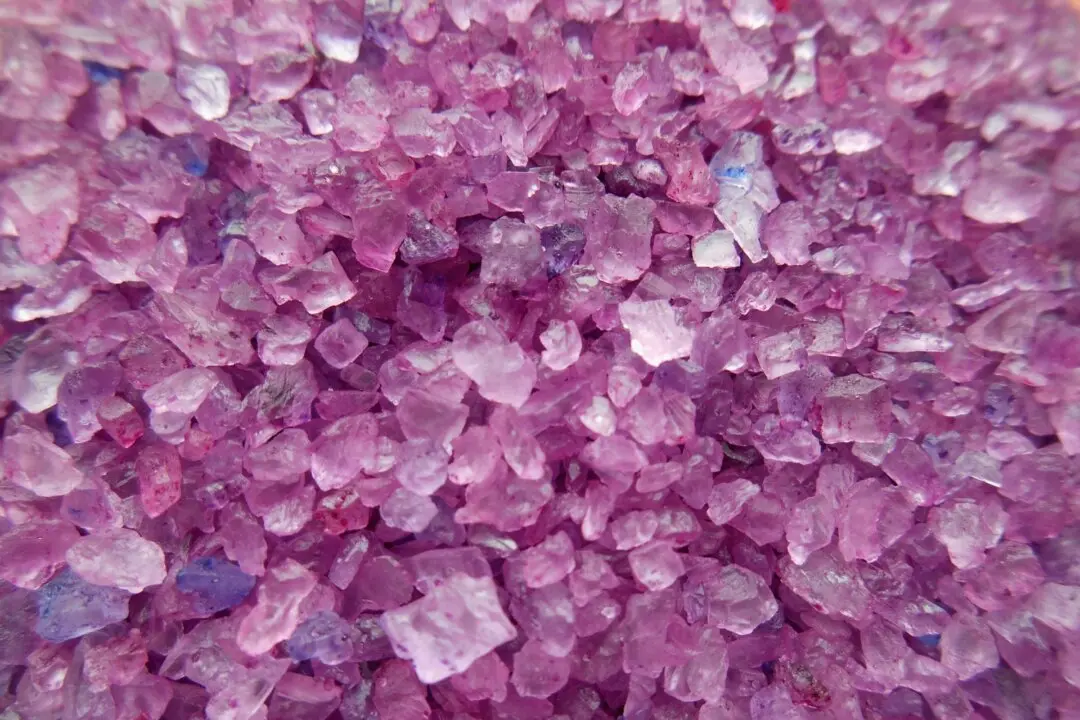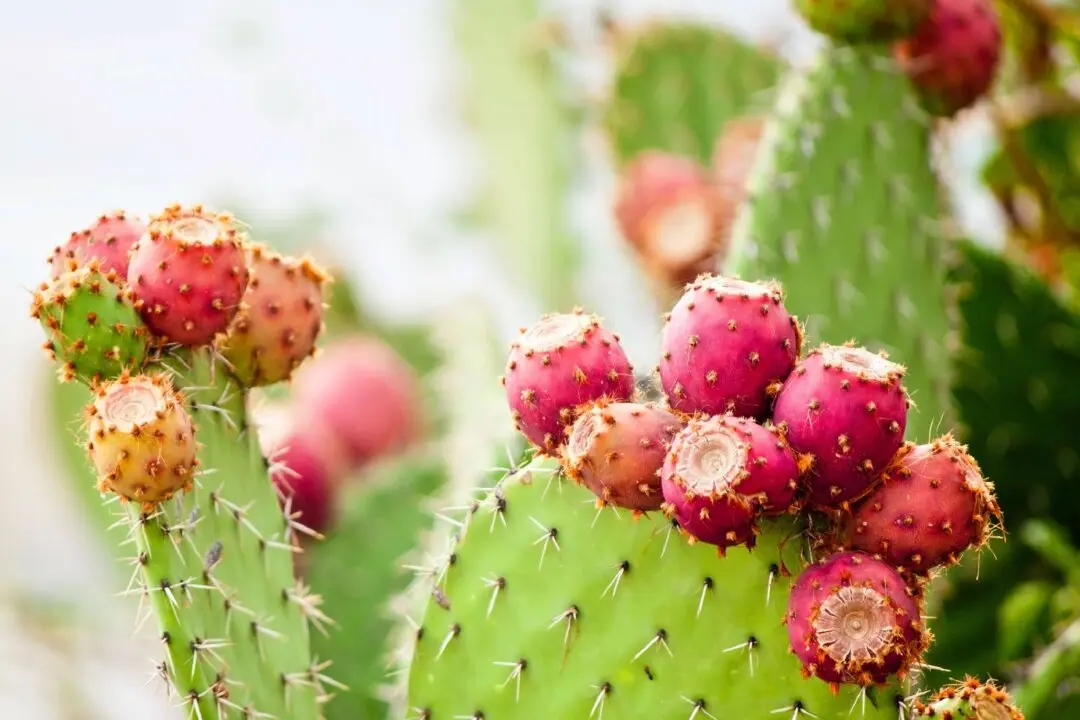Mushrooms come in many different shapes and colors and grow best in warm moist soil full of decaying organic material. They are nature’s recyclers, breaking down what has died so it can be used to create new life. Since they contain no chlorophyll like green plants, they can’t perform photosynthesis. Consequently, they must get all their nutrients from the soil. The habitat dictates the species of mushrooms that can grow there. Germination takes place by spores rather than seeds, and their roots are called mycelium.
Scientists have a hard time agreeing on how many fungi there might be in the world, but only about 120,000 of them have been described so far. Only two percent are poisonous while many others are used for their medicinal properties. Although most mushrooms are edible, few species are actually consumed, as most can be tough, woody, or gelatinous, give off an unpleasant smell, or taste bad. Only about 20 varieties are truly flavorful.






